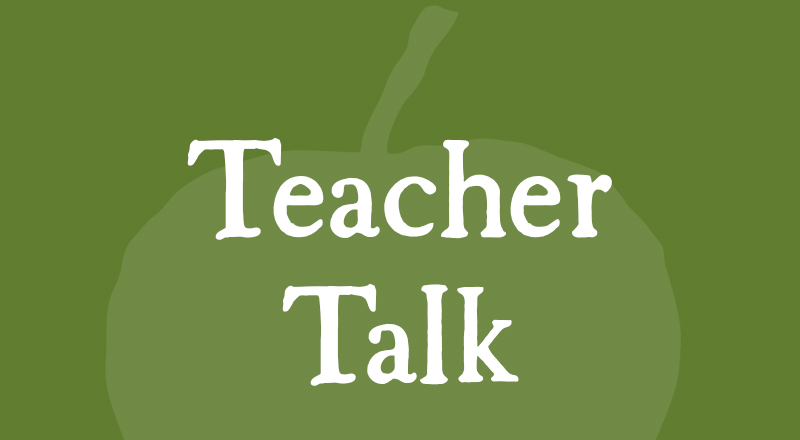Curriculum connections

The broad scope of the Australian Curriculum makes it possible for any school to use their kitchen garden program to reinforce it, using real-life, hands-on, experiential learning that is fun for students and staff alike.
In this edition of Teacher Talk, we take a brief look at linking a kitchen garden program – big or small, beginning or established – to the nine learning areas of version 8.3 of the Australian Curriculum: English, Mathematics, Science, Humanities and Social Sciences, The Arts, Technologies, Health and Physical Education, Languages and Work Skills.
The Curriculum documentation for the learning areas is arranged into ‘strands’ and ‘sub-strands’, with some areas including ‘threads’. Start by looking at each of the strands to see where kitchen garden learning could be appropriate to the needs of your students.
Within the strands, you’ll find a range of ‘content descriptors’ that explain and outline what is mandated to be taught in the school. These content descriptors have matching Curriculum codes that locate the descriptor within the Curriculum.
Read through the content descriptors and consider how your kitchen and garden activities can help you teach the mandated Curriculum to your class. All of the content descriptors have ‘elaborations’, which are suggested ideas only, to help you start thinking about what to teach – think about these elaborations within a kitchen and garden context.
Here are a few broad examples, which would be honed and tailored depending on your teaching approach:
- Students will learn to read and understand recipes and to create menus as part of your program – you can use this as a literacy and comprehension exercise for English.
- In Mathematics, get into the garden with measuring devices. Measure garden spaces and chart the growth rate of plants to learn about area, perimeter, volume and data collection.
- In Science, establish a greenhouse or build mini-greenhouses to explore plant growth and ideal conditions for cultivating crops.
- In the Humanities, the kitchen garden offers a huge array of opportunities to explore aspects of farming and agriculture in real-life, and also to contextualise history, for example why has the salt trade had such an impact on world affairs?
- In The Arts, take drawing materials and cameras into the garden to document the change in seasons and its effect on crops.
- Get cooking using fresh garden produce to support learning in the Food Specialisation technology context.
- In Health, look into the Foundation’s philosophy of pleasurable food education and identify how it fits with current nutrition guidelines.
- In Languages, students can design and create posters and bilingual signs for the kitchen space and the garden. They can also explore and design recipes and menus based on different cuisines.
- For Work Skills, the class can plan a project around running a café, or a kitchen garden fundraiser, or a market garden.
This is a broad list and the possibilities are endless.
Here are more ideas and starting points on how to integrate your kitchen garden program into the Curriculum: check out the 100 Great Curriculum Ideas resource on our homepage (scroll down and use the search function); register for the Foundation’s Cracking Curriculum Ideas online course; consider the Tools for Teachers series of books; or download The Continuum of Learning in the Kitchen and Garden poster.
Got a question about how to integrate the Curriculum into your kitchen garden program? I'll be hosting a special Facebook Live video chat session about curriculum integration on 1 May and would love to chat with you online. Add your questions to the comments section under the live feed and I will do my best to answer them. Stay tuned to Facebook for more details.
Happy teaching!
Steph Davies, Education Advisor

< Back to Latest News
